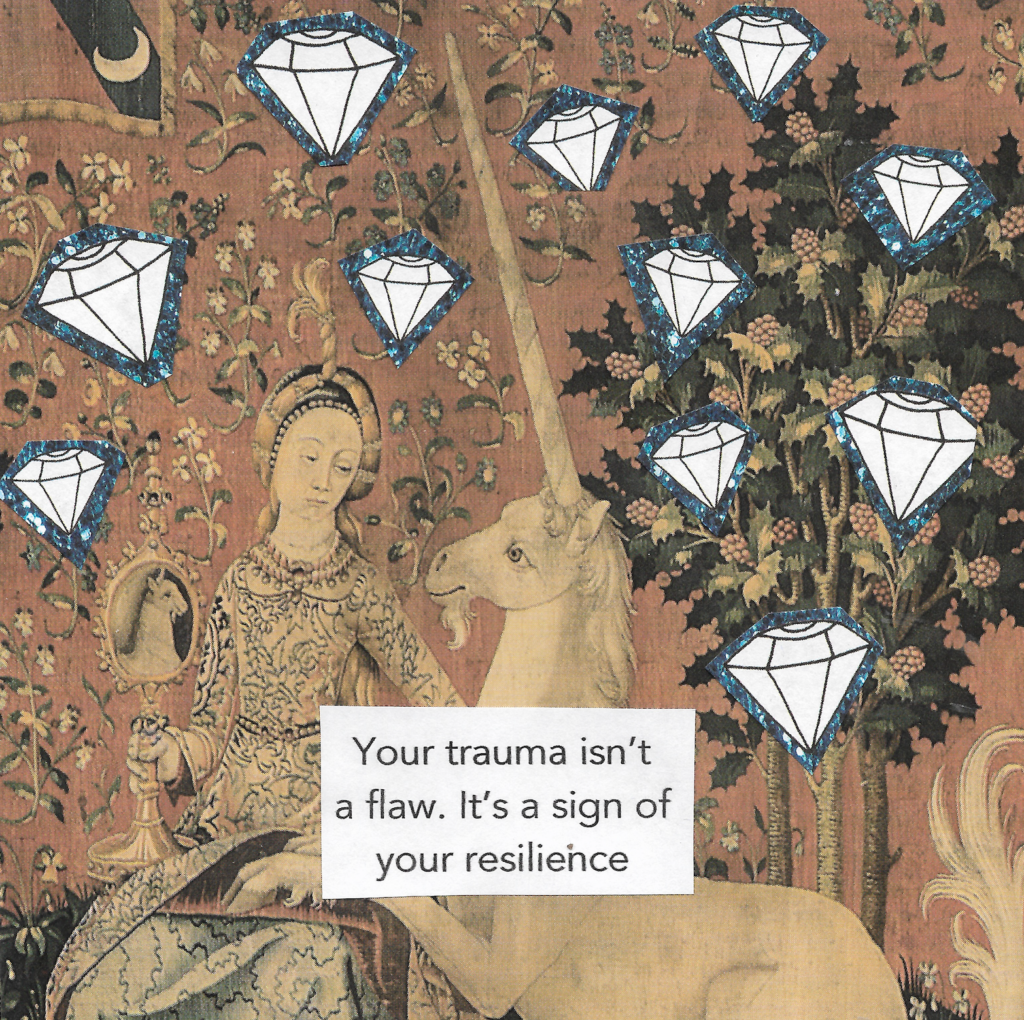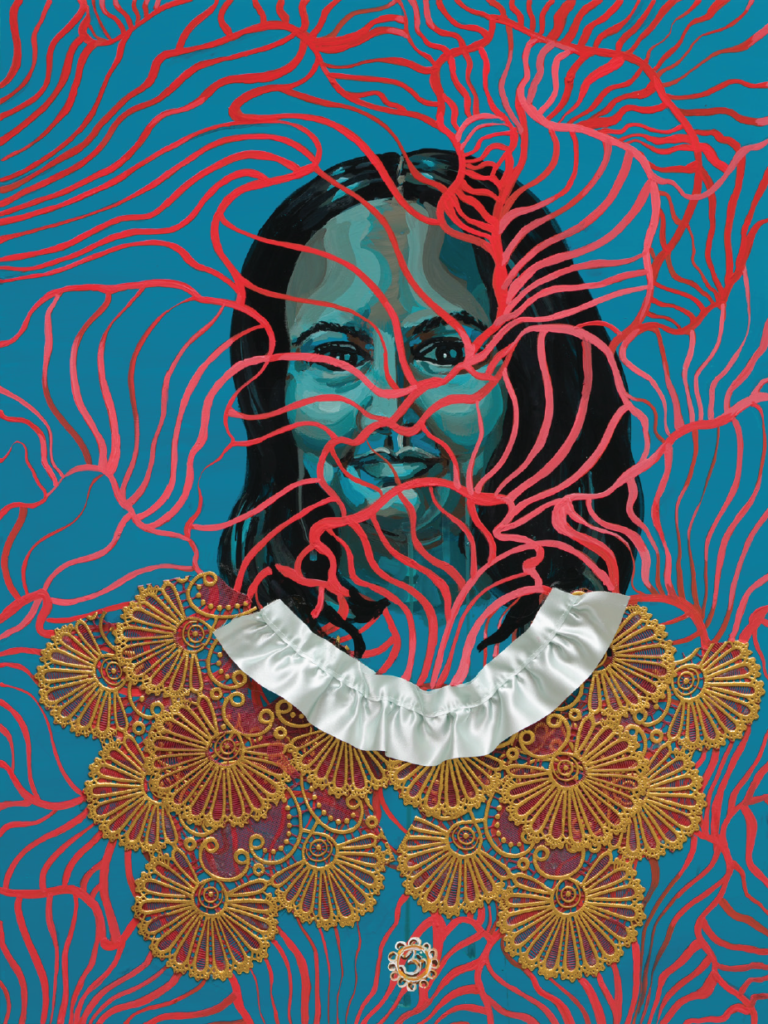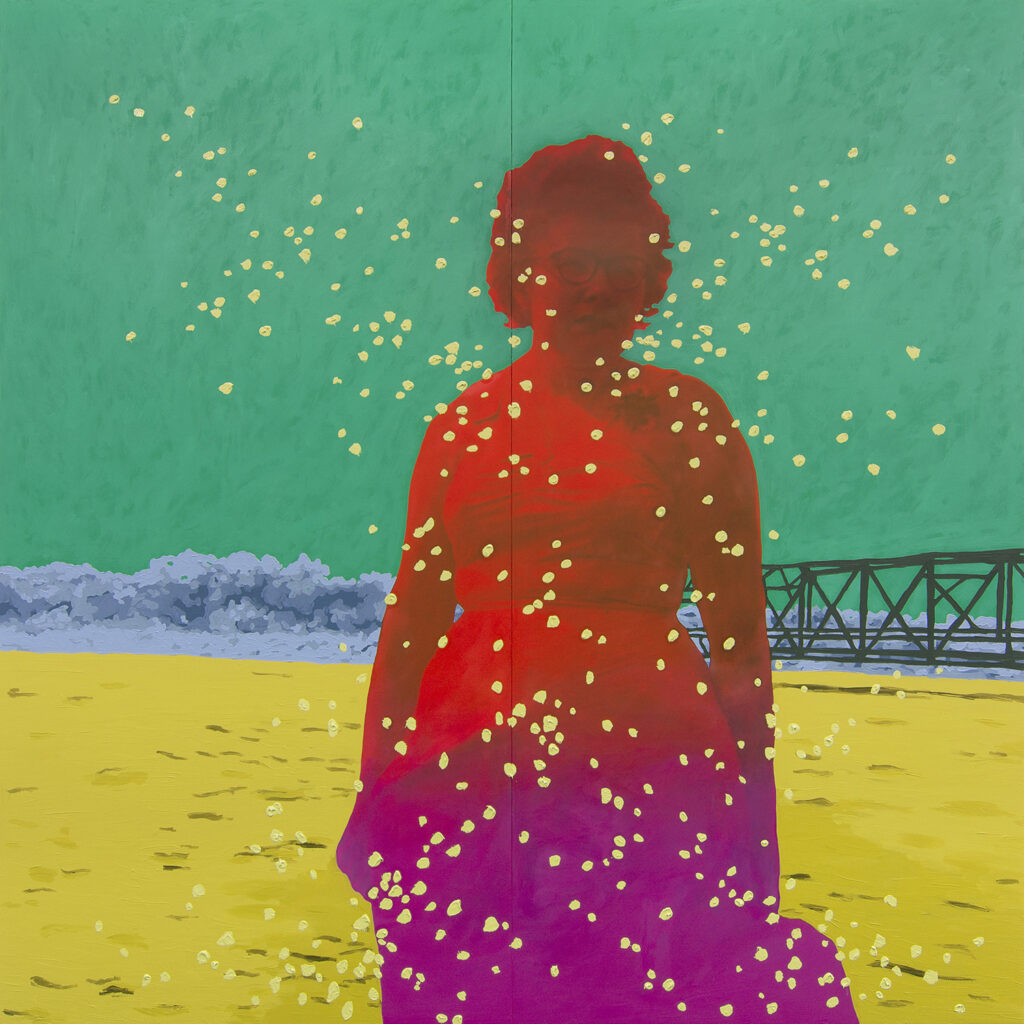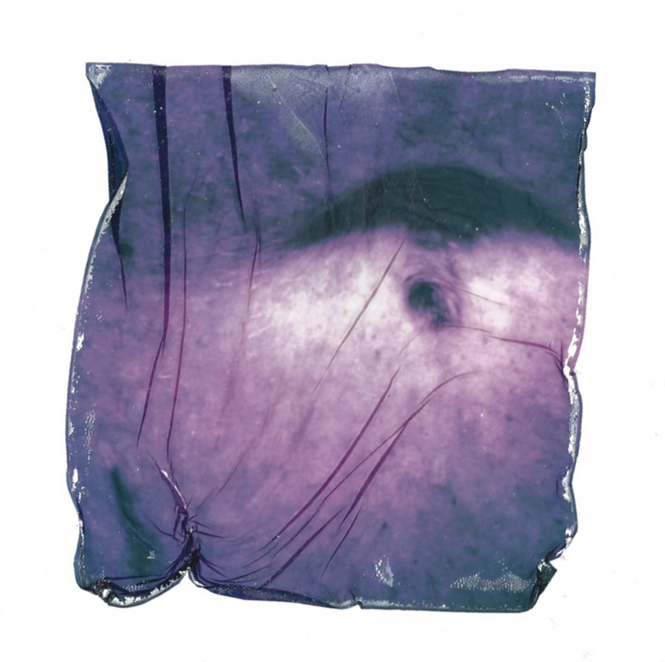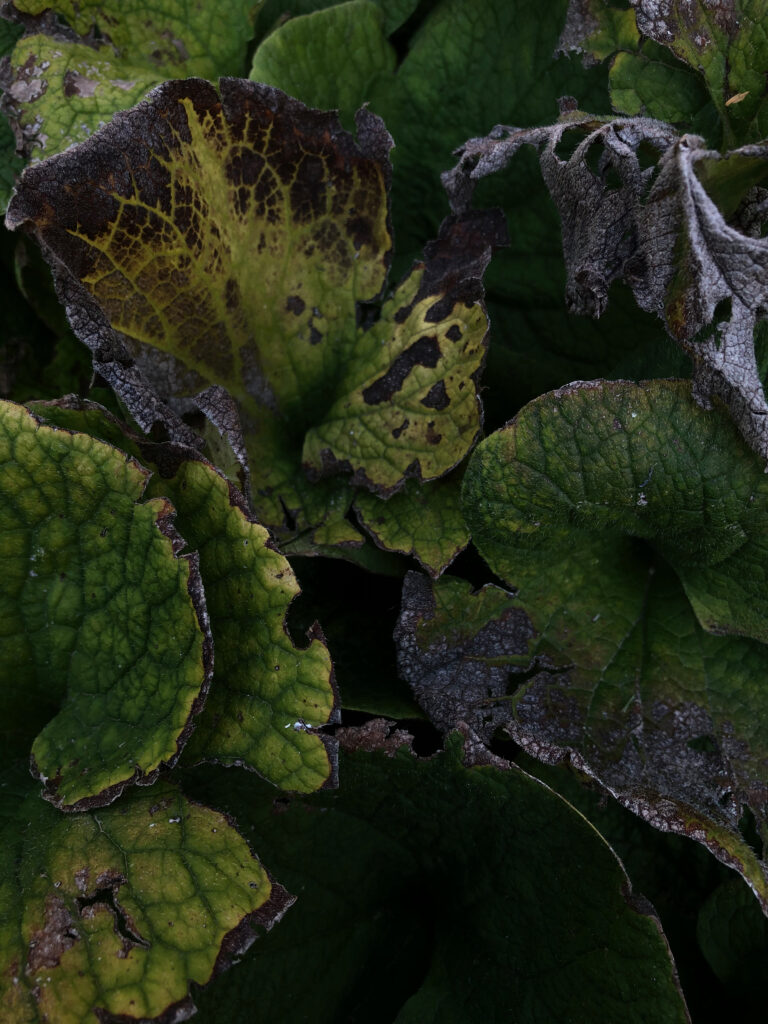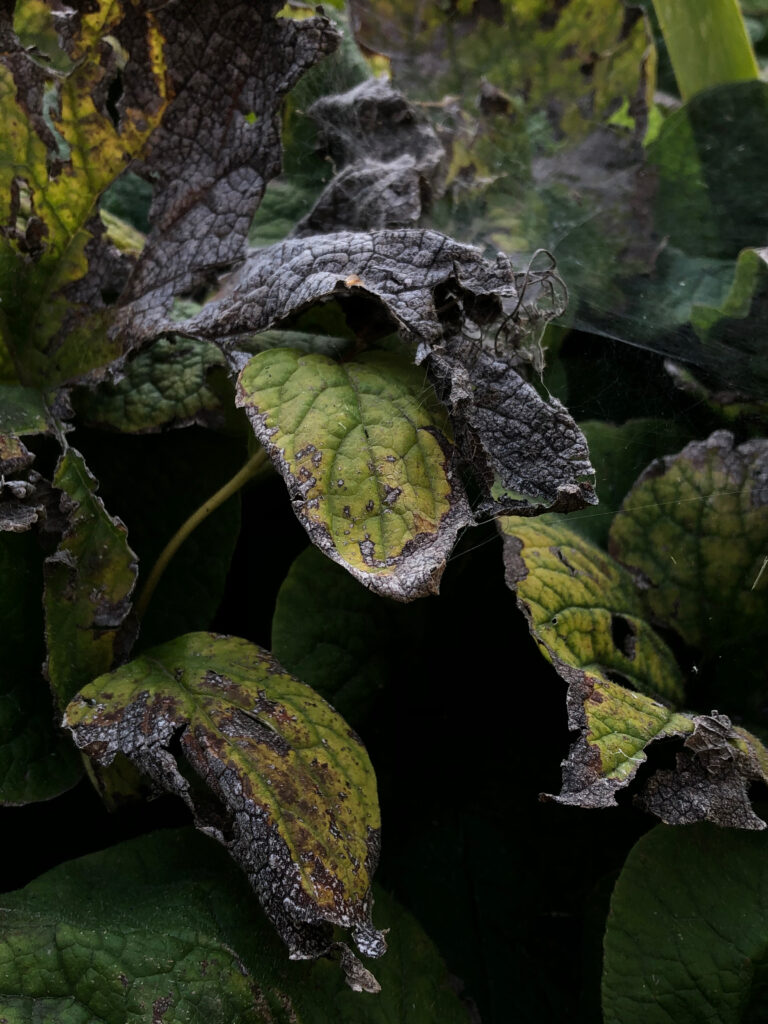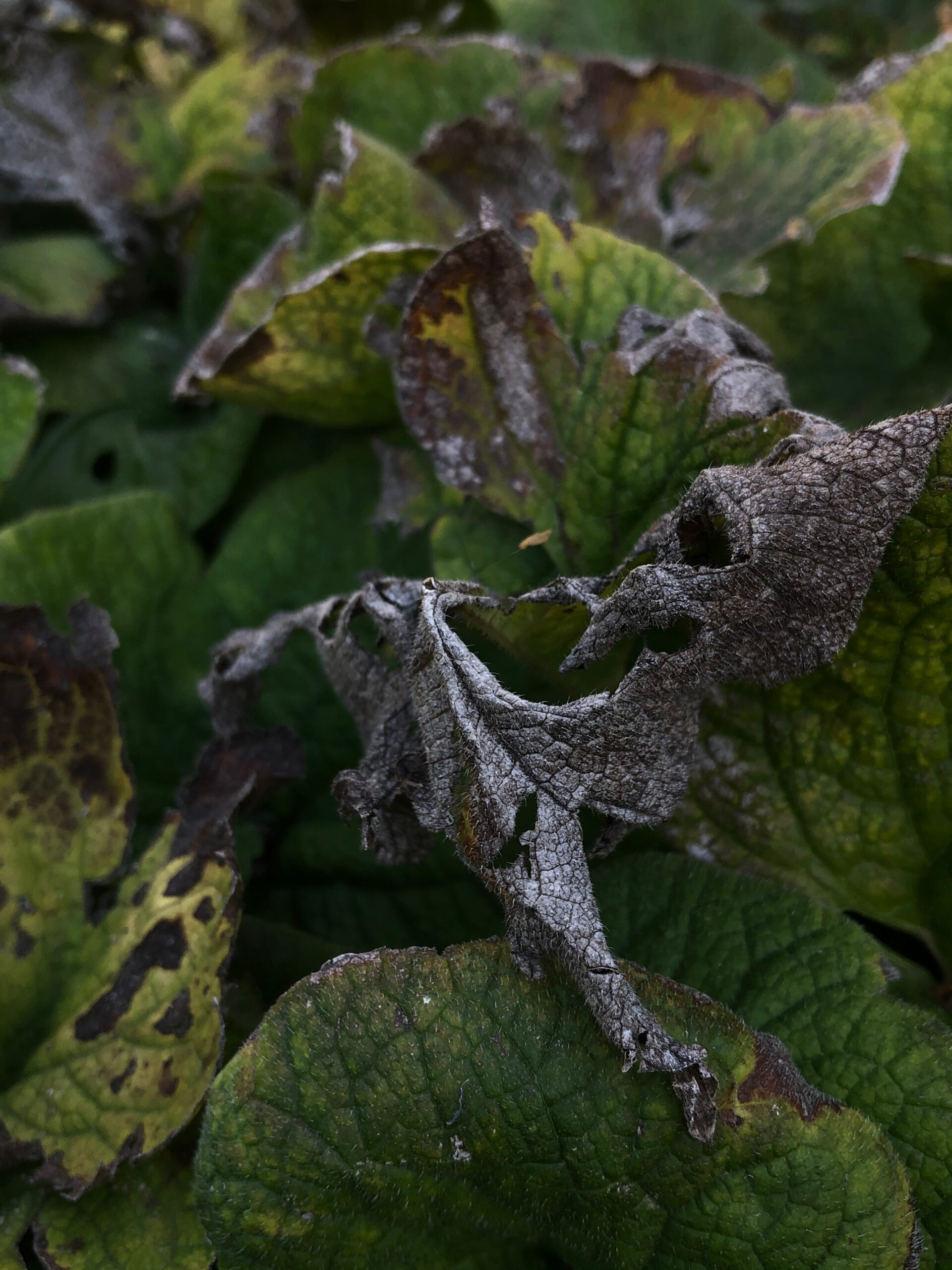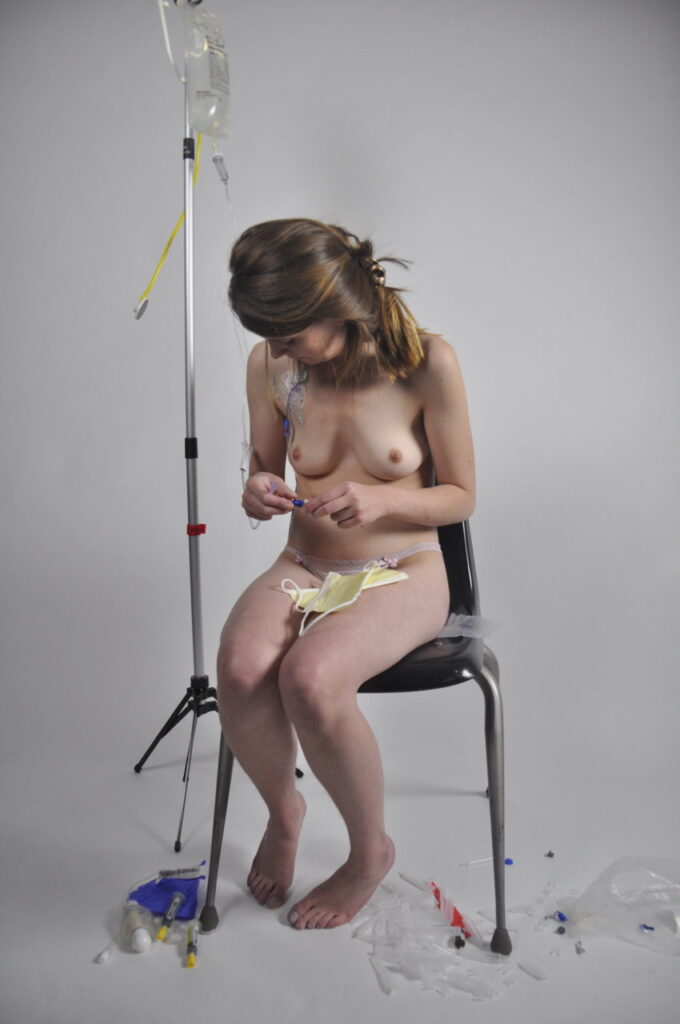Issue – 1
Edited by Mary Grace Bernard
Bad Health
Summer 2020
Bad Health is Femme Salée’s inaugural zine issue. Inspired by the Founder & Director’s bodymind experiences living with cystic fibrosis, the Bad Health issue features artworks & creative writings by artists/writers/creatives living with chronic illness(es). Contributors present works that demonstrate & reveal their private, daily lives as people living with “bad” health. Femme Salée publishes zine issues twice a year online & in print. Our bi-annual zine issues include, but are not limited to, art, poetry, fiction, non-fiction, & scores. The fundamental objective of the zine is to promote & support creative bodies working within exceptional art communities while bringing disability, queer, BIPOC, and feminist narratives to the forefront of art & writing practices.
def: /bad/ adj., of poor quality or a low standard; (of a person) not able to do a particular thing well; unpleasant or unwelcome; (of a part of the body) injured, diseased, or painful; failing to conform to standards.
def: /helTH/ n., a state of being free from illness or injury; a person’s mental or physical condition.
Introduction
Mary Grace Bernard, Femme Salée Founder & Director
In the midst of the COVID-19 global pandemic, for many of us the world has become reacquainted with living 99.9% in the private sphere. Our domestic lives have increased ten-fold as we have begun to notice the small stains on our carpets, the cracks in our walls, and the dust on our picture frames. Our gardens and plants look better than ever. Our eyes and heads ache from bright screens. Plastic keyboards have permanently joined our fingertips. While for some of us our job responsibilities have doubled overnight, for others, our jobs and income have dwindled to nothing. The feeling of living as an unproductive human may weigh us down. While these experiences are new for some, this reality is usual for others.
For everyone featured in this first zine edition, the domestic, private, invisible realm of life is one we live with every day: before COVID-19, during COVID-19, and after COVID-19. For us, there is no “going back to normal”; living behind closed doors is our normal. Our lives, which may include living as “non-functioning,” “non-producing” members of society, are already accustomed to living in quarantine. This is because we all live with various types of chronic illnesses, whether they be visible, invisible, physical, mental, etc. We may not look sick, but we are sick. We all experience various types of bad health.
Our “bad” health, of course, has only been termed such by others who live without chronic illness or disability. In response to the West’s (i.e. United States’ and Canada’s) medical field, capitalistic economy, and able-bodied society, this edition rejects ableist mindsets by publicly visualizing and vocalizing our chronically ill body and mind experiences—aspects of our lives that are only visible in the private sphere. For many of us in this edition, we are choosing to publicly expose our vulnerable bodies & minds for the very first time. While each of our experiences living with chronic illness are individual, we are choosing to share them collectively. Chronic illness is and always will be a spectrum of variance.
Often, chronic illness is associated with chronic pain. As Michelle Dawn explains about her 2020 artwork, Separations, “when the body is faced with constant pain, changes start to take place and coping mechanisms begin to develop.” In other words, chronic pain forces the mind to separate itself from the body to cope with agonizing physical sensations. However, as a result, the body loses its sense of self and yearns for reconnection. In an effort to visualize this progression, the artist takes photographs of her surgical scarring and uses an emulsion lift technique (when the photographic layer is removed from a sheet of instant film and then transferred to a different surface) to separate the image from its whole self. She then mounts “the loose image to vellum paper creating a new slightly damaged whole.”
This body-mind connection through pain is also seen in Daisy Patton’s COVID-19 essay. Since she was diagnosed ten years ago, she has found that overheating on her medication produces disastrous effects: fatigue turns into dizziness, which then turns into fainting. These side effects have caused her confined world to become almost suffocating, a trauma most of us can now empathize with.
Pain and trauma are only two facets of living with chronic illness. In addition, not everyone experiences pain and trauma the same way. Chronic illness and disability, therefore, must be viewed as a spectrum or multiplicity.
Considering contemporary art and literature through this lens is crucial, especially when analyzing disabled/chronically ill visual & literary artists and their works. Multiplicity is an essential component because it demands an acknowledgment of and an appreciation for collectivism, spectrums of bodies and minds, and transcultural viewpoints. It resists the modern notion of binaries, of comparing and contrasting and of tidy compartmentalizations.
This first zine edition, therefore, makes the invisible visible by exposing these artists’ and authors’ disabled bodies and minds to you, our audience. In this way, we hope you can choose to see, understand, or feel an experience of a complex embodiment different from your own that is often hidden from public view. Via Bad Health, we are emphasizing that the personal is political and the private is public. In Western culture, society insists on configuring disability as an individual problem detached from the sphere of identity politics. It casts illness, disease, and disability as a private catastrophe a person needs to deal with. As such, when we divide the lines between public and private, a separation is no longer there. As a result, issues of care, dependency, intersectionality, trauma, and pain are no longer an individual problem but a collective problem.
Blood Letting & Sacred Jello
Artist Statement
Michael Sperandeo
This diptych was created as an introspective exercise, digging deep into intentionally avoided memories associated with an ulcerative colitis flare up emergency. The two images act as a personal tool to communicate both the death and metamorphosis of my “self” as a byproduct of my disease. The left image depicts the instant before I was rushed from a library to a hospital. In that moment, the pain forced my consciousness into a darkened, fearful, out of body experience. This fear was lifted upon my arrival to the hospital, as the ER team, along with my wife, brought light back to my essence. The right image, on the other hand, illustrates a never-ending supply of jello that acted as an elixir of life. The guardian energies from my loved ones, in tandem with the wonders of specialized medicine, allowed me to stay on earth a little longer.
Note From the Daybreak of a Viral Pandemic: Managing Chronic Isolation
Daisy Patton
With a mix of cold dread and exhausting frustration, the first quarantines caused by COVID-19 feel like the return of an unwelcome acquaintance. Like many other disabled folks, I had long developed the unenviable practice of spending months in hiding, lonely and often trapped in a single room. The turbulent feelings that come from habitual isolations are all too familiar, though mostly invisible.
The first aspect of my life Multiple Sclerosis (MS) deprived me of was my phobia of needles, a luxury I did not know was such until I was hospitalized during graduate school in Boston. There, I discovered my veins were resistant to IVs when lying down; eleven blood draws and IV placement attempts followed over the near week of hospitalization. The first night, I experienced an indescribable ache from hearing loud sobs, likely family, as someone died in the room next door. Mercifully that was my only night alone. I was joined by my then-fiancé in the morning, though that memory of death still lingers today.
What MS took next remains almost unbearable: my youthful idolization of the summer. As a child, I could not wait to be outside in the full sun for long hours, tethered as I was to our small neighborhood. Oklahoma summers are notoriously muggy, quite different from my hometown of Los Angeles. It approaches an unforgiving hell for the uninitiated, but one I oddly relished. The first summer after diagnosis in Boston, I could still enjoy the sun on wet grass. The subsequent summer, I found overheating on my medication had disastrous effects and began undergoing the misery that has only increased as the years pile on. A fatigue surfaces that is distorted as laziness until dizziness appears. Five years after diagnosis, I nearly fainted twice on a September residency trip in New Mexico. While I lived in Boulder, CO, whose philosophy towards the heat was merely opening a window, I lacked access to air conditioning. My life followed a dismal pattern of spending days confined in the cramped room we had installed an AC unit, waiting until sundown where cooler nights meant I could venture out.
I have never been a patient person, but I have learned to grudgingly accept the desperation of spending three to six months each year trapped. It has been ten years since diagnosis with various moves to different cities and states in between. I have gradually lost all tolerance to heat—now anything above seventy degrees makes me uncomfortable, over seventy-five in danger. I have to remove myself from social events, work opportunities, and travel, feeling my world get smaller and more suffocating.
My seasonal affective disorder occurs during the summer, where I am disappointed knowing my ability levels will be severely diminished. There is also the apprehension of discovering what else I have lost that reveals itself in the heat. It is, quite frankly, depressing as hell to feel caged inside, knowing I cannot fully celebrate my July birthday or anything else. I kindly remind friends and others of my limitations, but even disability advocate acquaintances have invited me to their outdoor summer party, assuming I would just stay indoors alone, watching them gather happily through kitchen windows.
This past year has been one of great transition, living in three different cities across the country, losing access to AC last summer, and rebuilding my life and friendships in new places. I have been isolated for what seems like ages, especially with preparations for spring exhibitions. Late spring was supposed to be my time to socialize before summer’s approach. Instead, my friends have joined me in sharing the effects of long-term cabin fever. I can now easily slip into this forced solitude, having rehearsed diligently for so many years. But it is stifling to feel the strict confines of social distancing. I recognize in many the same emotions I had buried unnoticed—wild-eyed anxieties, frantically wanting to seek out others but being unable to do so, having to learn how a home, spacious or not, can feel like a punishment.
I feel empathy for those urgently trying to make do with this new normal. MS also cheated me of plans for the future, countless futures. I do not know what condition my body will be in the following year, much less five or ten. Then, there is the morbid joke of choosing which medications’ side effects are most acceptable to prolong disability; weighing death is one of those possibilities. My current medication makes me more susceptible to upper respiratory infection and breast cancer. It destroys B cells, usually necessary for immune systems but in mine commit acts of self-aggression. I have thought about my mortality far before diagnosis, but it feels hard not to be fixated on death when it feels much closer.
I found a lump in my breast that is currently—or rather, was—undergoing regular monitoring. My check-up was canceled when the pandemic broke out. My husband frantically scrubs every surface of grocery deliveries, some brought by dear friends helping to keep me safe.
Now living in western Massachusetts, the day I write this, May 3, 2020, feels like the first day of summer—almost eighty degrees for the high. I had felt a strange removal from myself, perhaps a consequence of coping with such heavy threats from thinking about detachment ends as my body fails me with the arrival of sweltering weather. Having moved to the most rural place I have ever lived, my husband and I have managed cabin fever with daily nature walks. But now with summer’s return, the recognizable worry is compounded with a more total confinement.
There are now foolhardy plans of soft re-openings, of altered interacting as we wait for effective treatments or vaccines for COVID-19. But I, like many vulnerable people, know my seclusion will extend for longer. For those that participated in that great display of love by remaining inside to care for each other, I feel gratitude. But I see the strain and weariness building. The ways this pandemic shines a light on racial and/or economic inequities is horrifying and another essay entirely that would enumerate the ways that being able to stay home is a privilege denied to many. Yet after hearing myriad complaints of how dire this isolation feels, I find myself wanting to ask if they understand this is my reality every year since diagnosis. It seems selfish to want to point this out—imagine how I feel—as people count days and weeks of this. Instead, I have spent this time checking in as much as I can, making myself available to help carry these sorrows together, one more for my metaphorical basket. That basket is already full with the tragedy of so much unnecessary death from a deliberately incompetent, craven federal government siphoning more money to themselves. Lives in this death capitalism, especially those already marginalized by racism and ableism, are expendable in service to a rising stock market and wealth accumulation.
Grief has been a somber companion since my youth. I am deeply accustomed to its expanding boundaries, of terrible mood swings and distress over uncertainty. Whether we recognize it or not, we are almost all existing with this opaque sorrow, one that sees no lifting for the foreseeable future. All we have is the present, one day at a time. Perhaps that is why staying at home feels so overwhelming—to know only the present is to be stuck in a cycle of agonizing monotony and terror.
Connection, whether through phone calls, letters, or video-conferencing, is our one salve against this period. Many disabled friends understand this form of non-physical communication, whose expertise and labor should be sought after and compensated. After all, disabled activists have spent years advocating for multiple avenues of meeting, whether for doctor’s visits, attending conferences, therapy, and more. Beyond emotional connection, numerous people are using their time finding ways to help. Others reach out, striving to refill drained selves of living through this contagion. Nothing brightened my mood better than to be acknowledged during the oppression of summer heat, with friends offering to help with basic tasks that were temporarily impossible or connect in spaces that could accommodate me. To be recognized and embraced during this shared pain is to matter, a gift we can bestow each other as if a renewable resource. Connection and other features of care must become as infectious as this illness and its awful sibling, loneliness.
Two last things, dear reader. The first is a skill I’ve had to learn over years of dealing with MS is asking for help and not feeling guilt or shame; pride is a worthless thing in this situation. The other is self-forgiveness, something I still grapple with. Some days are bad days—you forget words, memories, or discover new abilities vanished due to these periods of isolation. It is easy to become bitter at these losses, but all that does is rob you of the remaining life you possess. No one can perfectly cope with living with a plague because that is impossible. Some days, just surviving is the best you can do, and your best is good enough. A negativity spiral brought on by grief and trauma and fear is even more devastating, which means you must embrace your full self—and others, too. There are individuals who hold hatred, but many others are just struggling to carry this weight alone. Asking for help is admitting vulnerability, the vulnerability of being alive. Sometimes, that is enough.
Separations
Artist Statement
Michelle Dawn
When the body is faced with constant pain, changes start to take place and coping mechanisms begin to develop. The body must cultivate the ability to detach and tune out, to mute all physical sensations in order to find some sense of reprieve. In a vessel that is generally overwhelmed with pain, a separation of the mind from the physical body forms a distinct disconnect. While the mind guards the “self” from the tangible discomfort, the dissociative form manifests as an emotional trauma that brings a new set of challenges. In Separations, I have taken photos of my surgical scarring and used the emulsion lift technique to separate the image from its whole self. I then mounted the loose image to vellum paper creating a new slightly damaged whole. I use this process to parallel the progression that takes place as one’s mind detaches from the body as a way to cope with pain, and to also observe the damage and alteration of “self” that happens when one attempts to connect with the body and become whole again.
Quadriptych: Meditations on the Earth Cycle of Death
Madeleine Boyson
Guided Self Healing.
Repeat after me:
A part of Me is already dead.
Her voice comes through my laptop speakers with uncanny clarity. I can hear that modern signal of Death—a siren—wail faintly outside her window (or is it mine?). A dog barks in pixelated echo. Other sounds appear to me through the aether between two computer screens and across 1,800 physical miles. Close your eyes, she instructs me. Breathe. Where does it hurt?
I sink deeper into the pillowed armchair that occupies the northwest corner of my bedroom. The grey-blue velvet and worn wooden arms feel warm under my skin; the seat is molded to my frame from years of extended sitting. I have rested considerably these last years.
A part of me is already dead. My mouth curves open and closed around the phrase like a set of parentheses. Before I can close the second bracket, I shudder into tears. My spine lights up, familiar with cold; a knot forms in my throat. I can feel all the spaces in my Body where the pain lives. Where the deadness lives. All the places where Death has lived.
Magnify, magnify. Feel the pain fully. Where does it take you? I tap through my vessel and spiral towards the question of today’s session and of the last numberless years:
Which parts of Me are already dead?
13. The Death card.
Perpetual cycles of Earth Life play out again and again in the Body: Death, Transformation, Regeneration. Rebirth. Death, Transformation, Regeneration, Rebirth.
Already part and parcel of a generation in Pluto, my corporeal form coalesced under a Scorpio Sun and other Death-associated sundries. I arrived in the world choking on joy and pain. Early proximity to mortality prompted me to question what it means to Be Alive in a Body, and I probed the porous membrane between Sickness and Wellness. I carried lucidity with me; I brought loss with me. But if my own vessel was brought to Life under the symbols of Death, how could I see the two as anything but Anti-Binaries? There is Composition in Decomposition. And the opposite of Life is not Death, it is Obsolescence.
In the Aquarian Tarot deck, pale and skeletal Death—Scorpio and my Birth’s corresponding Major Arcana card—thins his features into a translucent, wispy kind of Immortality. [1] Carried aloft over his armor and his blood red helmet plume is a banner of the Earth Life Cycle, which features a brown and decomposing rose in bloom. Death is a harbinger of Decay and Degeneration. But his arrival also marks Renewal and Reconstruction. Facing East, Death welcomes a new day and with it transforms Endings into Beginnings.
Ambiguous Loss.
Some time after the phone call and the first pills and the flights across a great ocean, I cleaved Myself from Myself. It happened gradually (so slowly at first that I could not conceive of any sundering), and then swiftly (quite all at once) it was done.
To remove my Soul from my Body, I emptied my vessel of all responsibility, took Myself in hand, and led Her away from a poisonous infestation borne of a hostile invasion. Mistaking my Grief for self-pity, my Soul grasped at Death as a reason for suffering.
And so I expected to die.
Yet in creating two Selves it was my Future—rather more than my Body—which Decayed. I learned that to come to terms with a Body which is neither alive nor dead requires partnership with a kind of unresolved Grief. In illness, one must live without the assurance of any binaries. The Body must be able to move along with ambiguous loss and forge ahead in a new futurity. [2]
Framing the Earth Cycle of Death.
In Sickness we become one with Ambiguity. The chronically Sick Body persists only in the Earth Cycles of Life and Death, existing in reality that is both / and not either / or. The parts of ourselves that die in the process of Sick Living are renewed in Death, seeking not a Regeneration of the Part, which is unsustainable, but a Regeneration of the Whole, which is sustainable. Focus yourself in the direction of the Earth Cycle of Death and you will necessarily come upon the Earth Cycle of Life; every Living Thing knows the latter emerges again after every Death Season. In this way, the chronically Sick Body is the most akin to Mother Earth, who blossoms and decomposes on Her own, only to blossom anew. The chronically Sick Body masters this Earth Cycle, seeing Herself mirrored in her Natural surrounds. The chronically Sick Body is beloved by the Death that has brought Her to Life.
Artists & Authors: Madeleine Boyson, Danielle Cunningham, Michelle Dawn, Margeaux Feldman, Carly Mandel, Suchitra Mattai, Daisy Patton, & Michael Sperandeo
Special thanks to Julie Leffingwell, Sarah Bernard, Laura Beacom, & Madeleine Boyson for their financial and creative support.
This zine was published in 2020 by Femme Salée.
© 2020 Femme Salée
Individual artworks, poems, and essays © 2020 the author/artist.
Cover: Carly Mandel, Everycloud, 2017, Porcelain, steel magazine rack © Carly Mandel.
All rights reserved. No part of this publication may be reproduced or transmitted in any form or by any means, electronic or mechanical, including photocopy, recording, or any other information storage and retrieval system, or otherwise without prior permission in writing from publisher.

